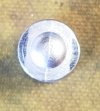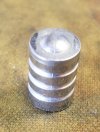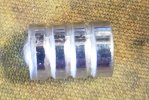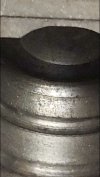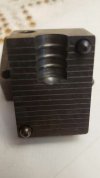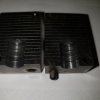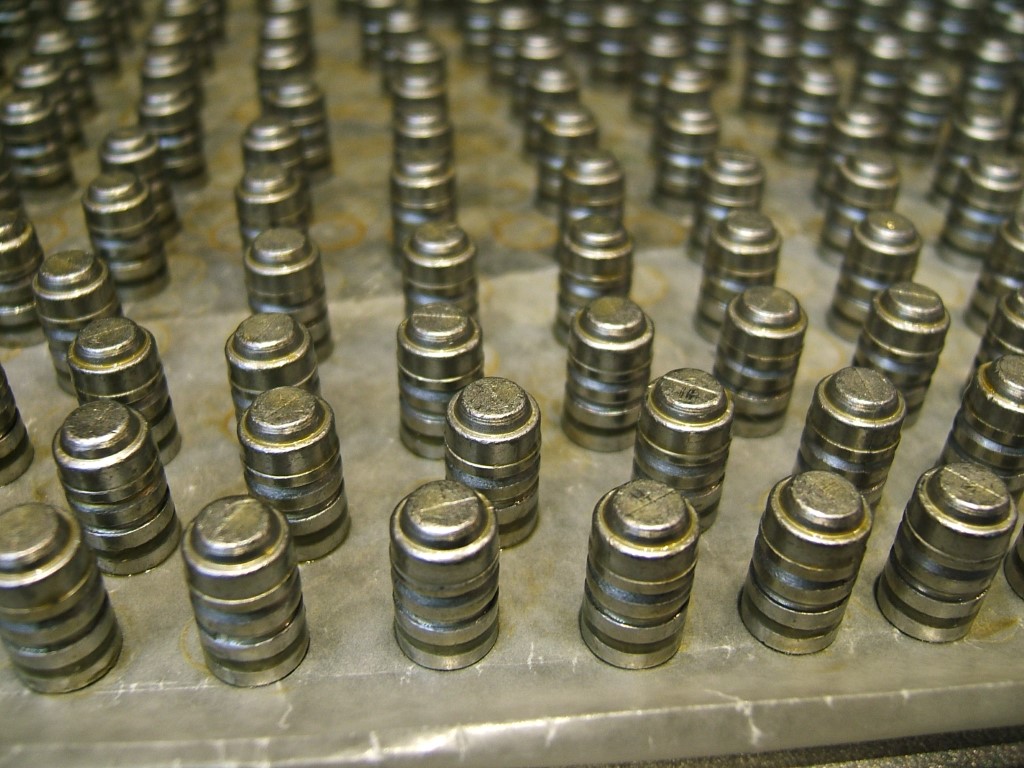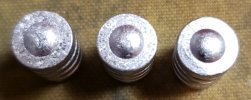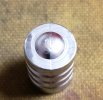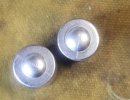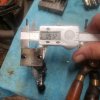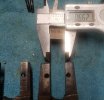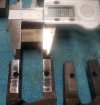Hey guys. From my estate auctiin molds I am first playing with this 140gr .38 wadcutter, Lyman 35887, single cavity. I washed it real well with hot water and dish soap, and soaked the blocks in evapo rust due to some minor surface rusting. ( Never tried it before, but seems to work pretty well!). Washed it again following that and blew it dry with compressed air and heated it up to dry. The bullets cast a sharp base, and drop pretty free, but the front band and flat around the button nose are kinda screwy. Any ideas? So far I've only used an aluminum Lee mold, this is my first iron one. Bit of a learning curve.